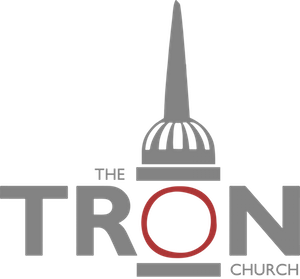50 And Jesus cried out again with a loud voice and yielded up his spirit.
51 And behold, the curtain of the temple was torn in two, from top to bottom. And the earth shook, and the rocks were split. 52 The tombs also were opened. And many bodies of the saints who had fallen asleep were raised, 53 and coming out of the tombs after his resurrection they went into the holy city and appeared to many. 54 When the centurion and those who were with him, keeping watch over Jesus, saw the earthquake and what took place, they were filled with awe and said, “Truly this was the Son of God!”
55 There were also many women there, looking on from a distance, who had followed Jesus from Galilee, ministering to him, 56 among whom were Mary Magdalene and Mary the mother of James and Joseph and the mother of the sons of Zebedee.
The earthquake and the opening of the graves was another symbolic happening. It is hardly surprising that there were dislocations in the natural order when we remember that God was at work in Christ reconciling the world to Himself, and that Christ entered into death, to destroy it from the inside, in so doing breaking its power over men. The message is therefore plain: Christ by His death brings life and immortality to light in the gospel. It is the setting free of the prisoners from the dark bondage sin has brought upon them. Such is the symbolism here. The impression made on the centurion (54) by the death of Christ is a fulfilment of His earlier words, 'I, if I be Lifted up from the earth, will draw all men unto Me' (John 12:32), and a foretaste of a great movement down the centuries. Jesus was crucified because the rulers did not believe His claim to be the Son of God. But this man saw, and understood, and confessed that His claim was true and valid. And it was seeing the way He died that convinced him of it. He had never seen such a death, accompanied with such awesome signs. The uplifted Christ drew him, by the power of His dying, into a knowledge of the truth.
